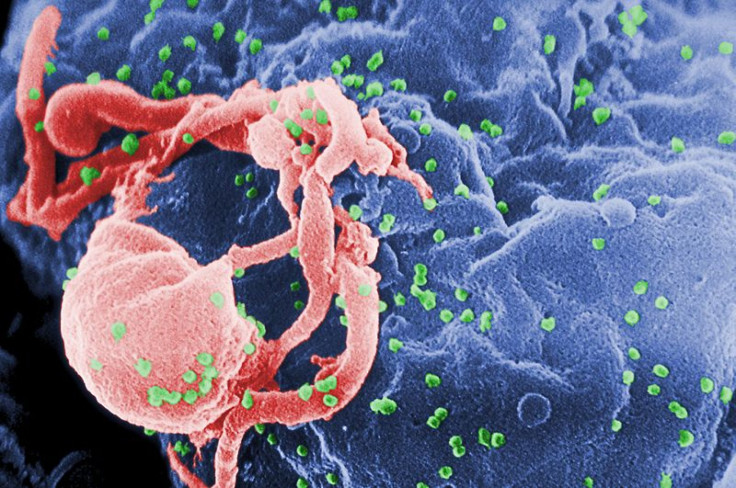HIV Returns In Patients Thought To Be Cured, Sends Scientists ‘Back To The Drawing Board’

In a discouraging development, two men whom scientists said had been “cured” of HIV after undergoing bone marrow transplants tested positive again for the virus. The unfortunate news not only blindsided researchers who thought they might have found a cure for HIV but also highlights the virus’ resilience and ability to hide in places we can’t detect.
“This suggests that we need to look deeper, or we need to be looking in other tissues . . . the liver, gut and brain,” Timothy Henrich, associate professor of infectious diseases at Brigham and Women’s Hospital in Boston, said at a conference on AIDS on Thursday, according to the Boston Globe. “These are all potential sources, but it’s very difficult to obtain tissue from these places, so we don’t do that routinely.”
Henrich announced in July that two of his patients who were HIV-positive and had had bone marrow transplants a few years ago to treat Hodgkin’s lymphoma, a type of blood cancer, showed no signs of the virus even after they stopped taking their antiretroviral drugs. Both stopped taking their HIV medication, typically used to keep the virus at bay, earlier this year. Scientists wanted to see if the absence of the virus was caused by the transplant or by the drugs.
For months, it seemed that the transplant had essentially “cured” the two patients of HIV. The news drew international excitement and prompted other scientists to develop similar studies.
But in August, after months of hiding, the virus reappeared in one of the patient’s blood, according to NPR. Then, in November, the other patient again tested positive for the virus. Researchers working with the two men made the announcement of the virus’ return at the conference on Thursday.
“We go back to the drawing board,” Henrich said. “It’s exciting science, even if it’s not the outcome we would have liked.”
But scientists say not to be dismayed by the news that the virus came back. Researchers say the outcome, while unfavorable, provides valuable information about the virus’ behavior.
"This is certainly telling us a lot about persistence, what we need to do, and how low we need to drop the levels of HIV reservoirs in order to allow patients to achieve remission," Dr. Katherine Luzuriaga of the University of Massachusetts told the Boston Globe.
New York Daily News reported that the only person ever thought to be cured of HIV was Timothy Ray Brown. The 47-year-old known as the “Berlin patient” received a bone marrow transplant in Germany in 2007 from a donor who had a rare genetic mutation thought to make people resistant to HIV. The Boston patients’ donors did not have the mutation.
© Copyright IBTimes 2024. All rights reserved.












